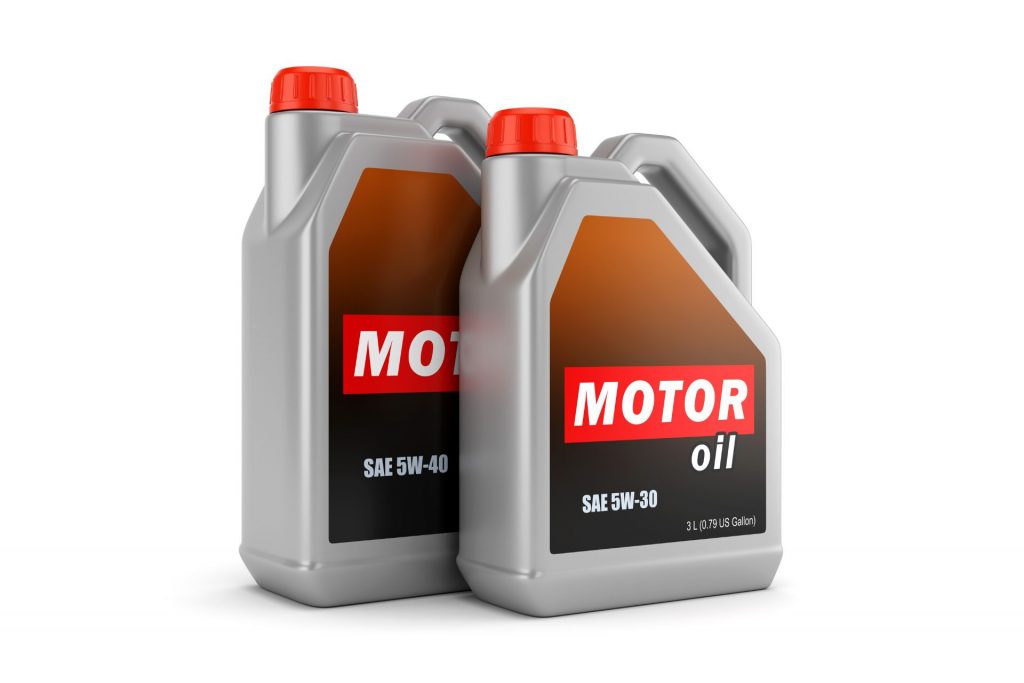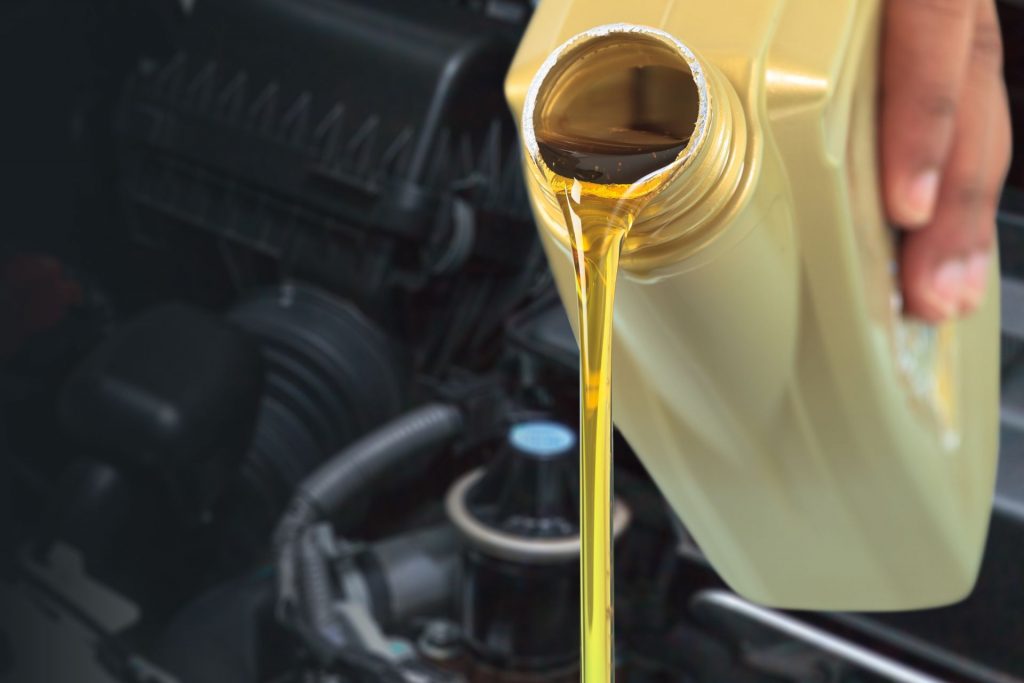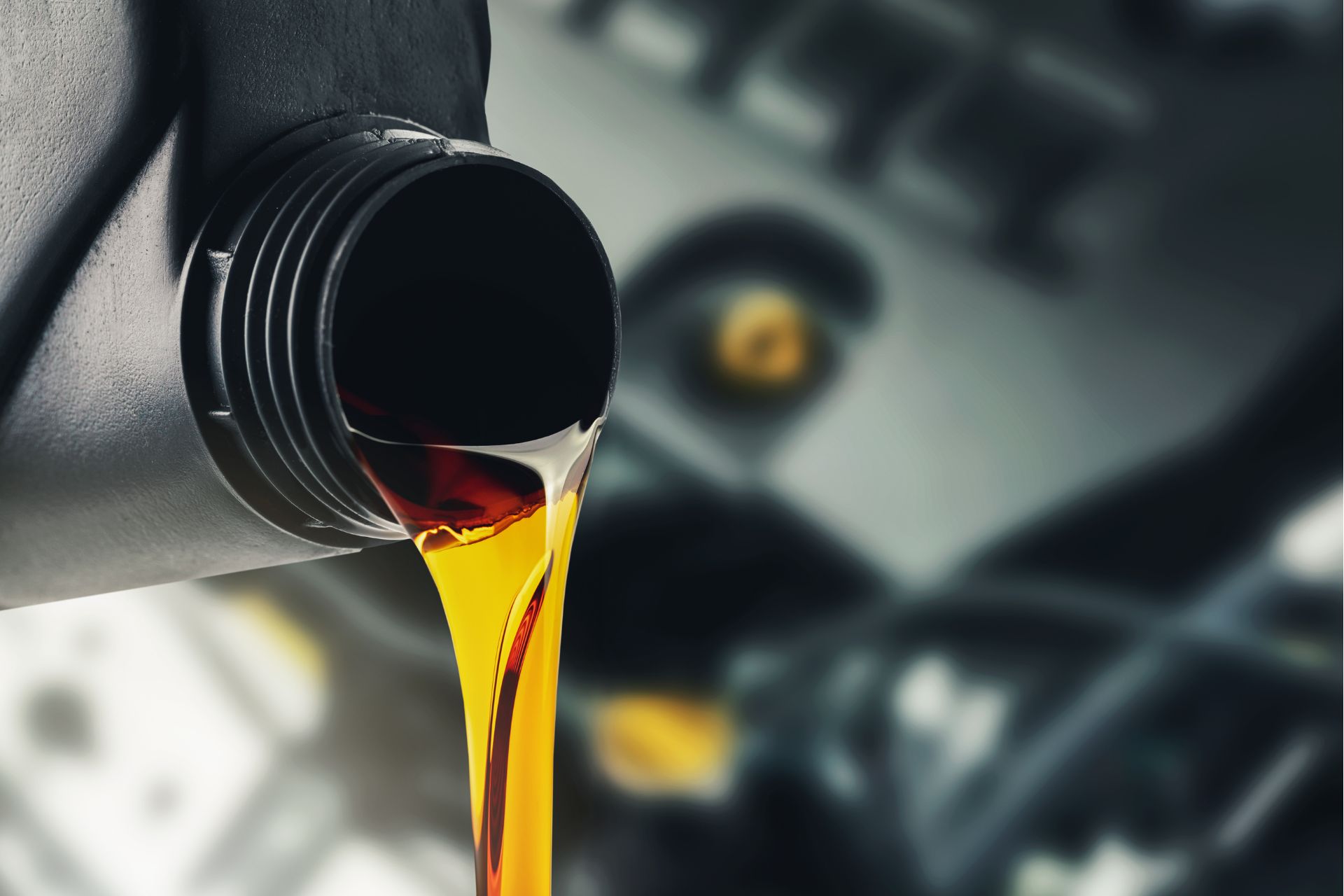Hydrostatic transmission is one of the most popular transmission systems used in vehicles and it is characterized by the pressuring and releasing of fluids, which often travel through various pumps. Many people also refer to it as the continuous variable transmission due to the continuous conversion of energy harnessed from the movement of fluid and directing it to the drivetrain.
What Oil Do You Put In A Hydrostatic Transmission?
You put high viscosity oil (16.3 – 21.8 mm²/s) in hydrostatic transmission. Thus, I recommend using 20W-50 motor oil. For an alternative, I suggest using 15W-50 synthetic oil. These densities enable the transmission to effectively compress the oil and generate enough energy to ensure your vehicle has the best performance.
For your hydrostatic transmission to work at optimal levels, you need to make sure that you keep all the components lubricated. Additionally, the transmission would need certain oils to perform the task it is supposed to do.
Hydraulic oil is often the encompassing term used to describe the oil used for the HTS. However, various types of oil hydraulic oil need to be accounted for when you are looking to refill the oil in your hydrostatic transmission. Here are some of the different oil types you can use in the HTS for the best performance.
As mentioned, hydraulic oil is the most popular type of oil that you should consider. However, motor oil is a good alternative that offers the same purposes and should work just fine.

Keep in mind that when using motor oil or engine oil, you will need to ensure that you have the right viscosity to ensure it works as intended.
Mineral oil might have a massive element content, which could cause significant damage.
Keep in mind that the climate and local temperature you live in could dictate the oil you should use. The higher the temperature, the faster the oil you choose could evaporate, leading to significant damage.
It is often recommended that 20W50 oil works best when living in warmer climates and will be useful to undergo high-stress activities in hotter temperatures.
Interestingly enough, vegetable oil and canola oil might also make great lubrications for the HTS. However, these oils should only be used as an alternative and for a short period until you can have the right oil compound.
What Oil Should You Avoid For The Hydrostatic Transmission?

While most oils might get the job done, there are certain oils that you might want to avoid. The viscosity of the oil often dictates whether it would work best and you want to consider looking at the mineral content.
- Pure Mineral Oil: Pure mineral oil is one of the oils you should avoid adding to your transmission. These oils are heavier and they contain trace amounts of heavy elements, which might slow down the energy-creating process. Once the energy process is slowed down, it could cause significant damage to your transmission.
- Automatic Transmission Fluid (ATF): In the United States, most vehicles have an automatic transmission, which means that automatic transmission fluid is widely available. Unfortunately, the ATF is not the best solution for your transmission and since it is not compatible, it could cause significant damage.
What You Need To Consider Before Purchasing Oil For A Hydrostatic Transmission
High Viscosity Oil
Viscosity refers to the grade of the oil and you need to ensure that you choose an oil with the right viscosity rating for your transmission. I suggest using high viscosity oil for your transmission but you need to look at the operating temperature range of your vehicle and transmission. This will give you an indication of the right oil to consider.
The viscosity rating can drastically vary depending on the operating temperatures around your locations and the climates you are living in. In colder areas, you will have a different viscosity rating for the oil you are looking to add to the vehicle.
Finally, you might come across a multi-grade hydraulic oil, which has the biggest variables when it comes to viscosity rating and you must consider the ranges of the oil before buying. Using the right Viscosity Index can help you better understand why certain oil might work for your vehicle and why not.
Anti-Wear Properties
Another thing to keep in mind when buying oil is its anti-wear properties. These properties are important to keep the engine clean and prevent possible wear. Zinc Dialkyl Dithiophosphate (ZDDP) is the most common anti-wear agent you will find in many oils.
While this might seem simple enough, it is not the best chemical element to use when you don’t have the right concentration.
In terms of concentration of ZDDP, you want to consider that it has at least 900 parts per million and this will help to prevent some of the wear associated with your transmissions’ use over time.
OEM Recommendations
Every vehicle has OEM (Original Equipment Manufacturer’s) recommendations that you also need to keep in mind. In the modern era, you buy a vehicle and you will receive a service manual. The service manual is the best thing you can use to refill your transmission fluid. Using anything else might void your warranty and should be kept in mind.
What Happens If You Use The Wrong Oil In A Hydrostatic Transmission?
If you use the wrong oil, it could significantly damage the transmission. The incorrect oil will not only cause damage, especially if it is too mineral-laden and heavy, but it would also reduce the performance. Since hydrostatic transmission uses compression to convert the oil into energy, it might not be able to compress the fluid efficiently enough to do this.
Finally, the long-term effects could be immense and when you don’t have the right fluid, it might significantly damage the components, which essentially shortens the overall life of these components and might force you to replace them.
If you are unaware of which oil to use in your hydrostatic transmission, you should visit your local mechanic to assist you in the process.
How Often Should You Change Hydrostatic Transmission Fluid?
In terms of hydrostatic transmission fluid, the rule of thumb is to replace it after every 100 hours of continuous use. For the first oil change, some recommend that you should replace it after the first 10 hours of use.
However, this is often covered by the first service of your vehicle and you could consult with your mechanics to find out when is the best time for a replacement.
What Happens If You Don’t Change The Hydrostatic Transmission Fluid?
One of the first things you notice when it comes to dirty or lack of hydrostatic transmission fluid will be that the gears will slip. Your vehicle will lack hydraulic power as a lack of or dirty hydrostatic fluid cannot be compressed as efficiently as it would be when new fluid is added. This will make it harder to shift gears and reduce the overall performance of the vehicle.
If you neglect the changing process, you also run into the problem of components wearing out. Keep in mind that oily fluids in your engine have a secondary purpose of keeping components lubricated. Without this lubrication, you could run into significant damage to some of the components and this might be damaging to your vehicle.
Before you run into any of these complications, you should follow the advice from the experts or your manual. By changing the fluid regularly, you will have solid components that often flow as they are working. You could also extend the lifespan of certain components that could significantly improve your life and save you some funds.
Related Post:

